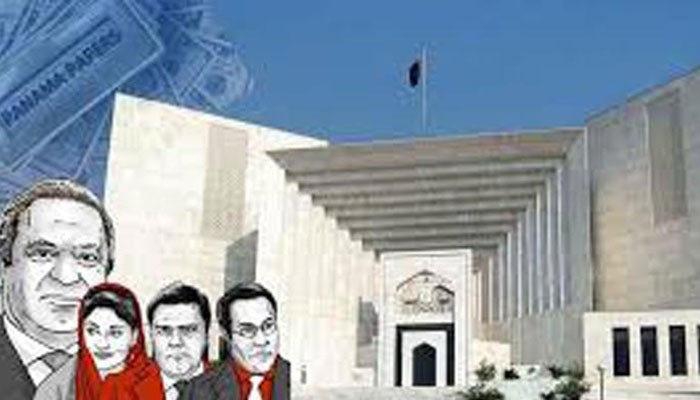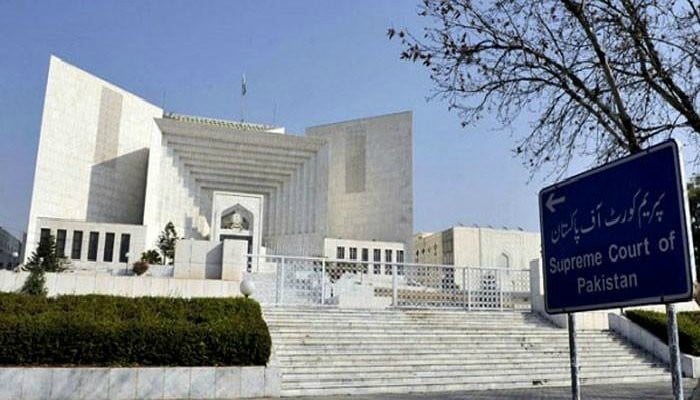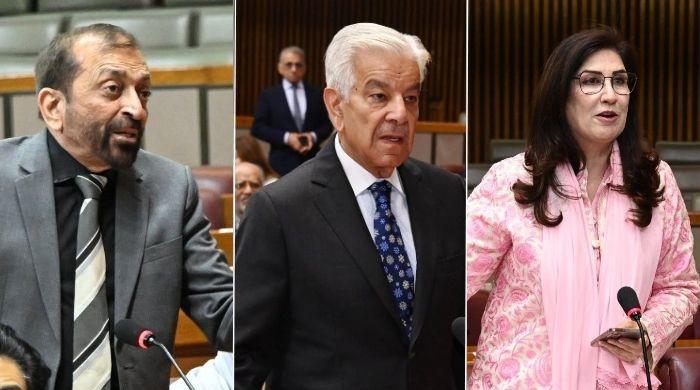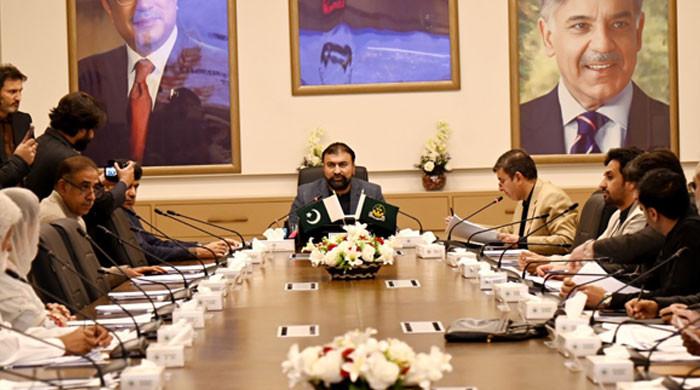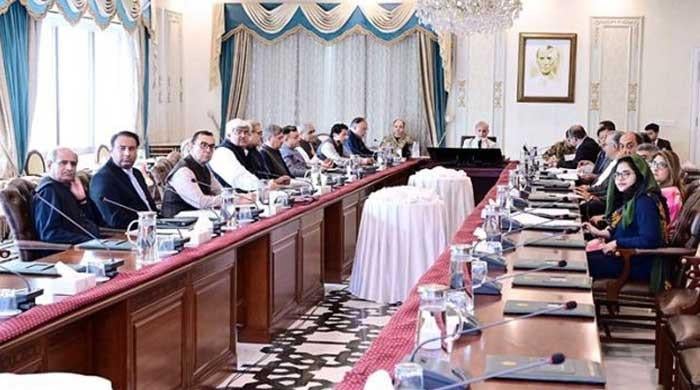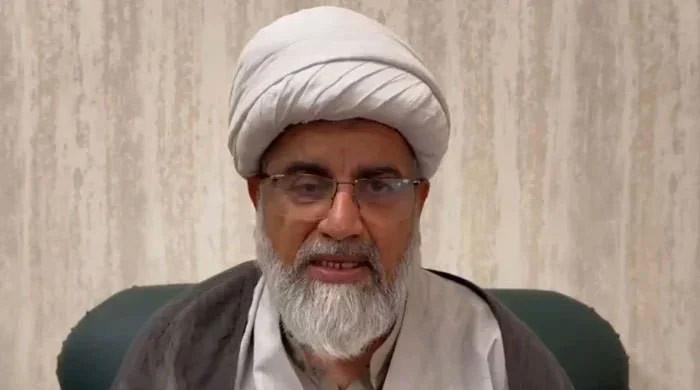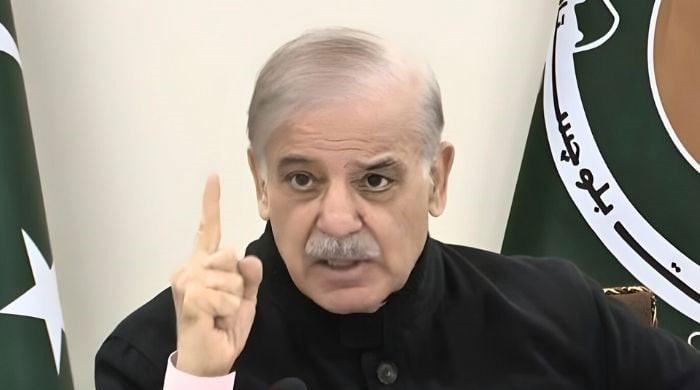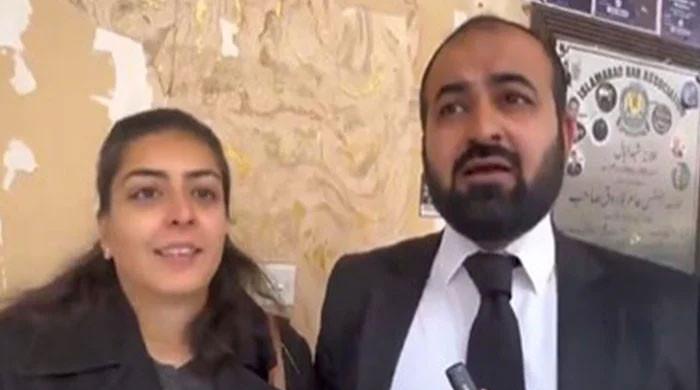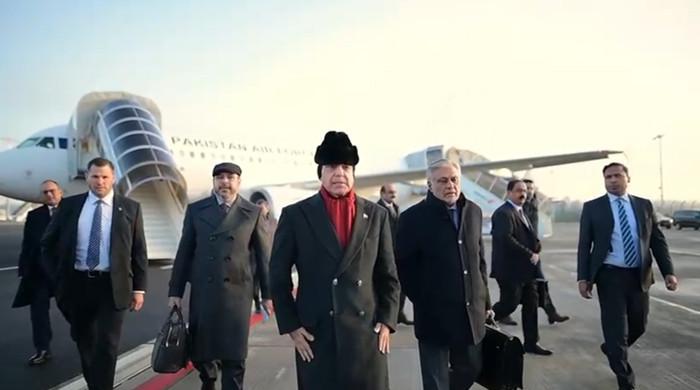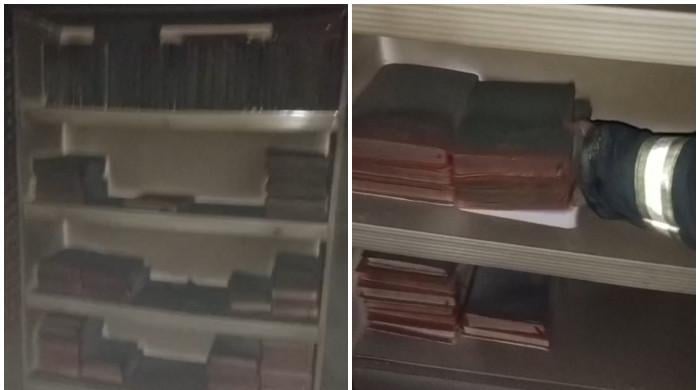Nawaz Sharif: A political journey
In 1993, Nawaz was dismissed for the first time by then President Ghulam Ishaq Khan, on grounds similar to Benazir Bhutto’s ouster
July 28, 2017
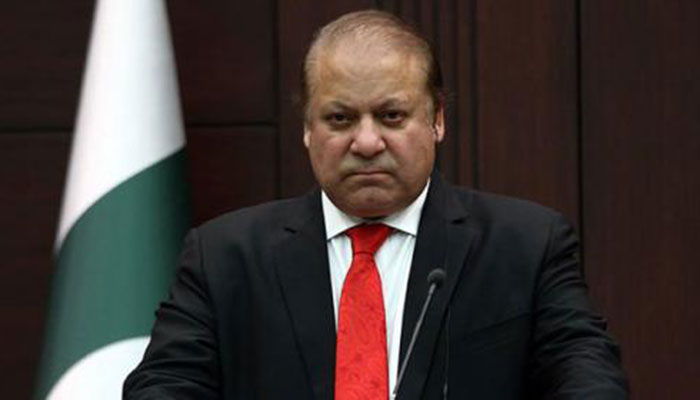
Prime Minister Nawaz Sharif created history when he was elected premier for the third time in May 2013. Nawaz’s rise to power has been punctuated by instability and a military coup against his government.
Born into the Sharif family in December 1949, Nawaz is the son of Ittefaq and Sharif Group founder Mohammad Sharif. He studied business at Government College and later attained a law degree from the University of Punjab.
Entering politics in the late 1970s, he served as a member of a provincial council in Punjab before being appointed the provincial finance minister in 1981 by the government of military ruler General Zia-ul-Haq.
Nawaz was appointed chief minister of Punjab in 1985 and served for two consecutive terms. As a leader of the Pakistan Muslim League (PML-N after 1993), Nawaz was elected prime minister in October 1990, after Benazir Bhutto’s government was sent packing, with the backing of a loose coalition of conservative parties.
Nawaz initiated an ambitious program of economic reform during his first term and privatized a range of state-owned businesses. With tensions simmering in Kashmir and feeling the need to secure itself against aggressive Indian policies, Nawaz’s government defied US calls to suspend the nuclear program. With economic aid halted by the US, Nawaz also faced increasing pressure at home.
Nawaz’s first time was highlighted by the construction of South Asia’s first motorway, market reforms and privatization of national industries.
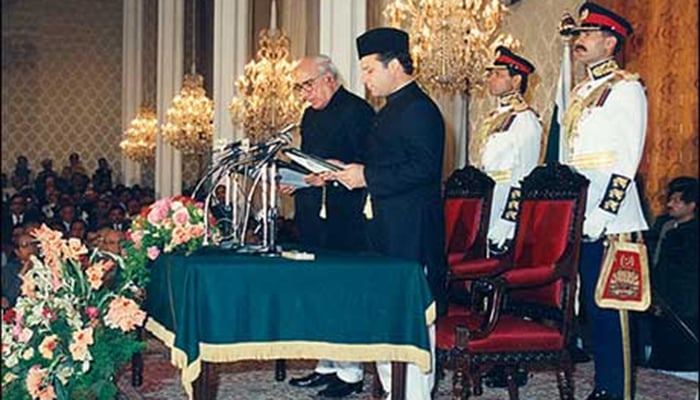
In 1993, Nawaz was dismissed for the first time by then president Ghulam Ishaq Khan, on grounds similar to Bhutto’s ouster.
When Benazir Bhutto was dismissed for the second time in 1997, Nawaz again swept to power. His second term is remembered for conducting nuclear tests in May 1997 in response to India’s nuclear tests a few days prior.
Nawaz Sharif received a strong mandate during his second term, but his government faced severe problems. Austerity measures implemented at the behest of the International Monetary Fund (IMF) reduced government spending at a time when a large chunk of the national budget was being earmarked for debt servicing.
With an economy on the brink, ballooning foreign debt, widespread corruption and an ongoing dispute with India, Nawaz faced one of the biggest crisis of his political career. The sanctions imposed by the US after the nuclear tests was another nail in the coffin.
Nawaz’s peace overture to India, the Lahore declaration, showed some signs of improvement in relations between the two nuclear-armed neighbours, but did not last long. The two countries engaged in a limited war in the remote wilderness of Kargil, a few months after the Indian prime minister visited Pakistan.
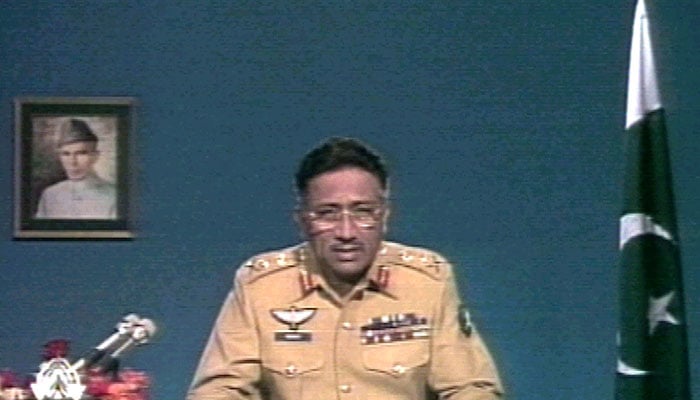
Tense relations with then army chief General Pervez Musharraf finally culminated in a military coup in 1999 and the Nawaz-led government was overthrown.
Nawaz was jailed for life on charges of hijacking and terrorism. In 2000, he agreed to leave Pakistan for 10 years in exchange for jail sentence commuted, Sharif was released and went into exile in Saudi Arabia.
A 2007 ruling by the Supreme Court stated that he was free to return. Nawaz returned in September 2007 hoping to mobilise the public. Musharraf, however, had him summarily arrested and deported back to Saudi Arabia.
Nawaz again returned in November 2007 and his party was allowed to contest the 2008 elections. Securing second place in the elections, PML-N and PPP formed a short lived coalition. PML-N initiated a long march against the PPP government in March 2009 with the aim of reinstating the judges sacked during the military government.
With the judges reinstated, Nawaz’s political party remained in opposition during the PPP government.
With the first ever democratic transition of government after the completion of the PPP-led government’s tenure, the PML-N secured a majority mandate in 2013 general elections and formed a government in the centre.
Nawaz Sharif became Pakistan’s prime minister for the third time.
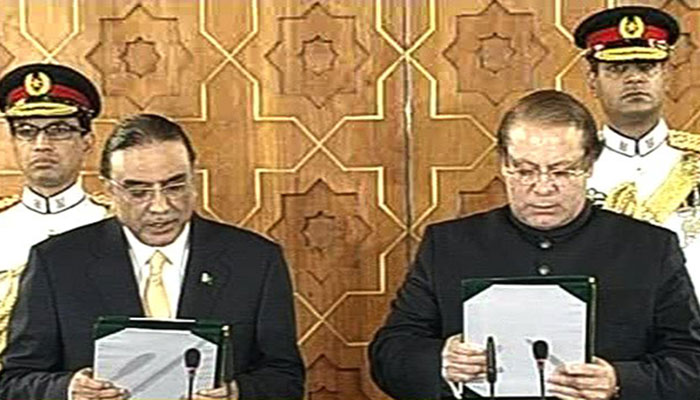
Prime Minister Nawaz Sharif and his family came under fire at home with opposition parties accusing them of widespread corruption, after names of the premier's children cropped up in the leaked documents from the Panamanian law firm.
On October 20, 2017, the Supreme Court took up petitions by Pakistan Tehreek-e-Insaf, Jamaat-e-Islami, Jamhoori Watan Party and others for hearing, in an open court, beginning the long-drawn proceedings of the case in the apex court.
On April 20, 2016, the Supreme Court ordered further investigations into corruption allegations levelled by the opposition against Prime Minister Nawaz Sharif, saying there was insufficient evidence to order his removal from office. The verdict ordered the formation of a Joint Investigation team (JIT) to carry out an investigation on the financial assets of Sharif family.
The JIT reported Supreme Court that the prime minister and his children had accumulated wealth beyond their known sources of income.
The Supreme Court of Pakistan on July 28 disqualified Prime Minister Nawaz Sharif for failing to disclose his un-withdrawn receivables constituting assets from UAE-based Capital FZE in his nominations papers for the 2013 elections.
Announcing their verdict in the Panama Papers case, all five judges ruled to send a reference against the premier, his children Maryam, Hussain and Hasan, son-in-law and Finance Minister Ishaq Dar to an accountability court.
The court ordered the National Accountability Bureau (NAB) to file a reference against the accused in an accountability court in six weeks and directed for the trial to be wrapped up within six months. The process will be overseen by a single-member implementation bench of the apex court.
The verdict was announced by the original five-member bench that heard the landmark case from January this year.
